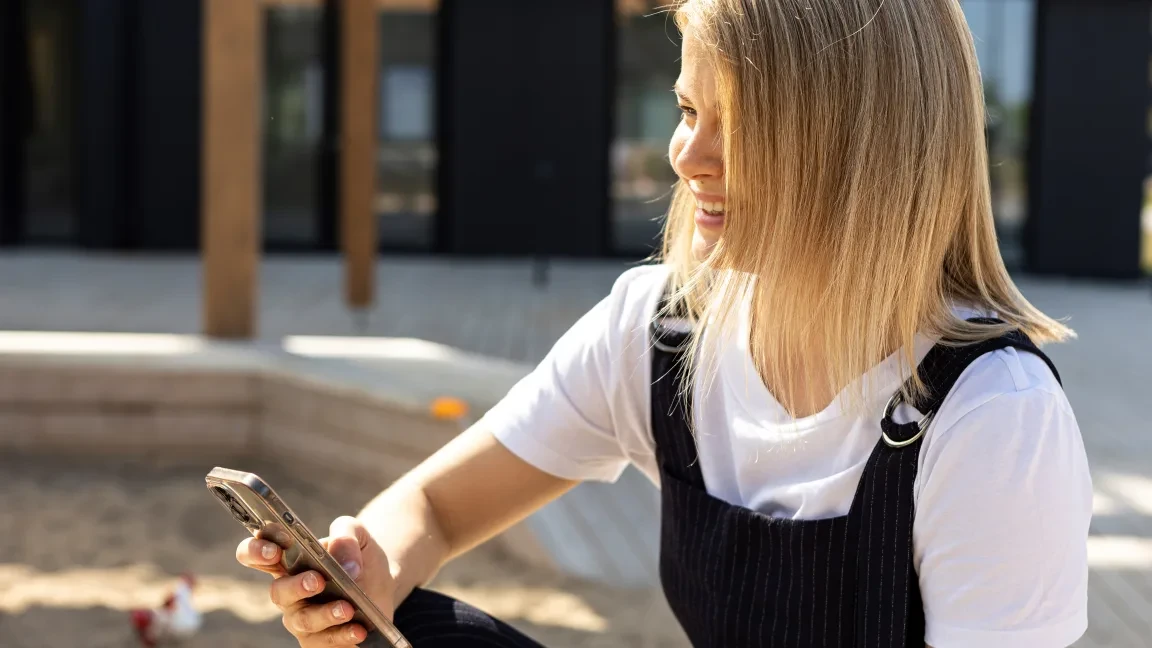First Home: Should You Buy or Rent and What You Should Know Before Deciding

As autumn approaches, many young people starting their studies or careers begin looking for their first home. But is it worth buying real estate immediately, or is it wiser to start with a rental apartment? Karin Ossipova, head of Coop Bank's home loan business line, and Urmas Uibomäe, CEO of Kinnisvara24, explain what the current market situation is and what arguments speak in favor of both buying and renting.
Estonians have historically been believers in real estate, and home ownership has been a basic need for many, a way to grow their wealth. However, according to Kinnisvara24 CEO Urmas Uibomäe, Generation Z tends to postpone home purchases and prefers to live in rental apartments instead, as it doesn't require significant startup costs from young people.
"The down payment can reach tens of thousands of euros, plus monthly maintenance, insurance, and repair costs," says Uibomäe. While renting initially requires significantly lower expenses and offers flexibility in choosing a place to live, it can nonetheless turn out to be more expensive than a monthly home loan payment, according to him. Especially now, when euribor actually favors home purchases.
This is confirmed by Karin Ossipova, head of Coop Bank's home loan business line, who notes that in the past year alone, circumstances have shifted markedly in favor of borrowers – euribor has fallen from 3.55% to 2.09% over the year, a decrease of 1.46%. This means that a home loan monthly payment on, for example, a 100,000 euro loan balance is 86 euros lower than a year ago. Over a year, this represents a savings of 1,032 euros.
Real estate rental prices are again approaching loan monthly payments
Kinnisvara24 statistics show that the home loan monthly payment for, for example, a one or two-bedroom apartment in good condition in Tallinn and Tartu is in a similar range as the rent for an equivalent home.
For example, when buying a 100,000 euro 2-bedroom apartment on the secondary market in Tallinn, the monthly loan payment comes to just over 400 euros. For an equivalent rental apartment, however, one has to pay 500 and often more euros in both the capital and the university city.
According to Uibomäe, for young people both buying and renting real estate, the determining factors are its price, location, and condition. So 2-3 bedroom apartments in good condition with good connections to other parts of the city sell well. While interest is shown in both secondary market and newly developed apartments, this year deals for the latter are concluded less often because the price is high.
"In addition, buyers are increasingly looking for homes that offer a combination of practical living comfort and investment potential – for example, apartments that can later be easily rented out and whose value will likely increase," he explains.
Ossipova also points out that if the first home eventually becomes too small, but by that time the loan balance has decreased significantly and the property value has risen again, this creates the opportunity to rent out the current apartment, use it as additional collateral, or sell it at a profit and use the earned money to buy a new home. "When renting an apartment, you don't get a share of this capital growth, and if there's ever a need for more space, you have to find capital savings or continue renting," says Ossipova.

What are young people buying?
Coop Bank's lending statistics from recent years show that young homebuyers predominantly choose properties in good condition for their first home, where they can move in immediately and which don't require additional investments.
As many as 85% of all Coop Bank home loan recipients aged 18-25 have chosen properties in good condition, renovated or new. Older houses are often selected, where apartments are on one hand cheaper, but can also be more unique – as many as 80% of all homes purchased by young people were completed before 2000.
Young people's practicality is also shown in the number of rooms – 58% have purchased 1-2 bedroom apartments. "A smaller number of rooms reduces maintenance costs on one hand, but on the other hand is a sign that in larger cities real estate prices are higher and you have to find a compromise between home size and purchase price," says Ossipova.
31% of homes purchased by young people are 3-bedroom and 11% have four or more rooms. Larger living spaces are purchased by young people mainly in smaller towns and settlements, while smaller living spaces dominate in Tallinn and Tartu.
Surprisingly, Coop Bank's statistics reveal that many young people see a long-term future beyond Tallinn in smaller settlements as well. While 42% of young people have purchased their first home in Tallinn and 9.7% in Tartu, as many as 48.3% have purchased property elsewhere in Estonia.
The average home loan amount for a homebuyer up to age 25 at Coop Bank reaches nearly 85,000 euros. For example, in Tallinn the average loan amount is around 103,300, while elsewhere in Estonia it is approximately 65,200 euros, or about 37% lower.
Greater flexibility comes from renting
In some cases, renting may still prove to be the better choice. This is especially true in situations where it is known that the place of residence will be temporary and in the future there are plans to move elsewhere more permanently. For example, when moving to another city for 2-3 years for studies or work, a rental apartment may be more financially and practically sensible.
"As a rule of thumb, you could say that if you plan to live in a home for longer than 5 years, it makes sense to buy it, and if for a shorter time, renting may be the smarter choice," illustrates Ossipova.

A rental apartment also comes with a certain convenience. In addition to being able to change your place of residence with just a few months' notice, as a tenant you don't have to worry about, for example, land tax, condominium association matters, or major repair and maintenance work. "Once the monthly rent and utility costs are paid and the apartment is kept in good order, obligations usually end there," points out Ossipova.
Parents can provide support if income or down payment is lacking
A rental apartment may be a necessary step when focusing entirely on studies – that is, when a young person has no additional income beyond parental support. To apply for a home loan independently, one must have a steady income. Usually banks look at income from the past six months and check that the probation period at the workplace has been completed. The latter is especially important for the first job.
If a young person's income is not yet sufficient to get a home loan alone, one solution may be for one of the parents to initially take joint responsibility for the loan – that is, initially the parent and child pay the loan payments together, or the parent covers them alone. Once the young person is finally ready to pay the loan independently, it is possible to remove the parent from the loan agreement. To do this, the bank reassesses the young person's solvency and trustworthiness.
However, young homebuyers most often face the challenge of the required down payment. According to Uibomäe, it is precisely the large down payment that is the reason why many stay in rental apartments. When buying a home with a loan, the down payment must usually be at least 15%, although for example with KredEx guarantee it can be 10%. For an apartment costing 100,000 euros, this means a down payment of 10,000 – 15,000 euros. In addition, the Rural Development Foundation co-loan also simplifies building homes outside growth centers, helping to cover the equity requirement of up to 50% of the home loan amount.
According to Ossipova, parents can also support the beginning of their child's independent life with equity financing. While the easiest option is to support young people financially, another option is to use their personal real estate as collateral for the child's home loan. This way the parent doesn't have to spend money, but their property helps the young person reduce the equity requirement.




